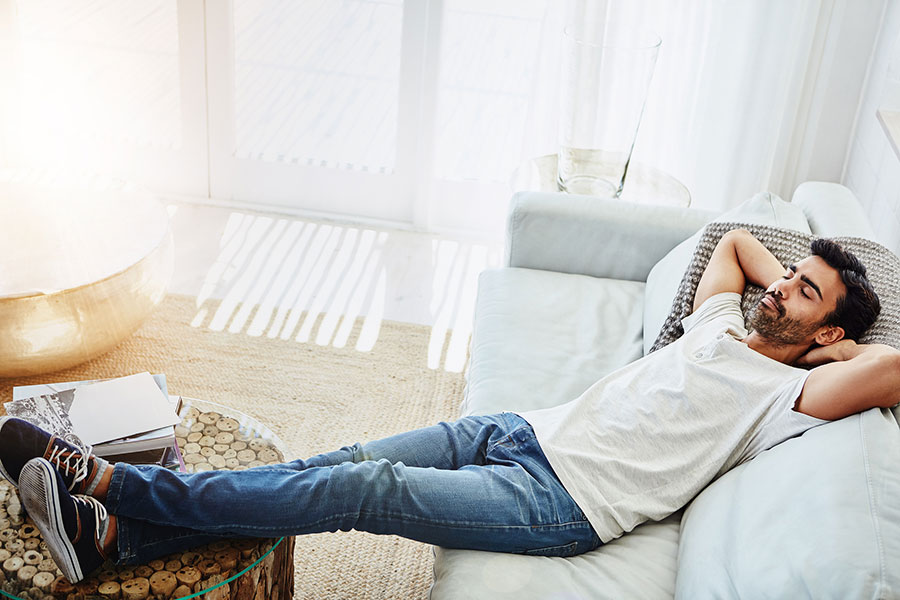Reclaim the day, minute by minute
Finding time to write this article has been difficult. Is that because I’m too busy, or because I take time for granted, oblivious to it flowing steadily down the drain? (In the interest of job security, let's say it's not the latter.)
Either way, Sarah Walz, a strategist with NAIT’s Learning Services, has ideas about how to be more efficient, which she regularly shares with students. Recently, she shared them with us so that we might also apply them to our work days and lives – before it's too late.
Here are five steps toward time well spent.
1. Figure out where all your time goes
 To find time, you first need to know where it goes. Walz recommends an audit: Create a record of your last three days, filling it in to the best of your memory with what you did and when.
To find time, you first need to know where it goes. Walz recommends an audit: Create a record of your last three days, filling it in to the best of your memory with what you did and when.
“In the days that you track, could you improve the use of your time?” she asks.
The audit will show productivity high points when you can tackle important projects.
The audit will show productivity high points, or time slots when you’re used to being busy and can tackle important projects.
It will also show the lows, and point out when you gravitate toward those black holes of inactivity you should attempt to avoid – the couch, the game console, whatever pulls you in and doesn't easily let go.
2. Identify your goals

These aren’t life goals – just short-term but significant projects. Because of that, says Walz, “Your goals are going to change. It’s something you’re always evaluating.” Spend time clearly identifying them and their components.
3. Make a list

Walz likes lists and believes others do, too. “I think people like that feeling of crossing things off – that accomplishment. Also, just getting it all down on paper can certainly relieve some anxiety.”
There’s a method to her lists, which she prioritizes by marking items with the letters A through E:
- A: Anything that absolutely must be done by her alone
- B: Items for which responsibility is shared
- C: A task that she’d like to do if time permits, but isn’t essential
- D: Delegate
- E: Just be realistic and eliminate
“Then,” Walz says, “you just work your ‘A’s off.” (Read in the pun if you like.)
4. Don’t put it off

Everyone procrastinates, but not in the same way. Walz sees two types: relaxed and tense. Will you get to it whenever, giving in to distractions along the way? Or does something about the task make you unable to face it?
Knowing which kind you are can help.
If you’re a relaxed procrastinator, spot your distractions and turn them into rewards for getting the job done.
If you’re tense, “It may be a bigger issue,” says Walz. “Are your goals too big? Is it a fear of failure?” These questions may need to be dealt with before the job itself.
5. Strike a balance – at work and in life

Most workdays end up looking like scoreboards for competing priorities, with some taking the lead and others falling behind. So where should you invest resources to level the playing field?
One way to help decide is to plot important aspects of your job at the ends of spokes in a wheel. Rate from one to 10 how much energy and attention you currently devote to each, plotting a "one" near the hub, a 10 at the outer terminus, and everything else in between.
Where should you invest resources to level the playing field?
“Then you connect the dots,” says Walz. The result is supposed to be a circle, "but it rarely is.” The diagram shows where to reallocate time to start to even things out.
It’s worth making another circle, she points out, with work being just one spoke among other aspects of life (that's the hub, in this case) that may be charting low on the scale. Then dedicate yourself to rounding out the circle.
“Make sure there’s time for you, time for your family, and downtime” says Walz.